No products in the cart.
Aesculus Hippocastanum Baumannii
$15.00 Original price was: $15.00.$10.50Current price is: $10.50.
SKU: ZNV0D 4493399556130 Categories: Trees, Trees by Family
- Safe Shopping Guaranteed
- Buy quality, buy with us.
- Your satisfaction is 100% guaranteed.
- Unbeatable Quality Guaranteed

Baumann’s Horse Chestnut
Also known as the double-flowered horse chestnut, Aesculus hippocastanum Baumannii is a natural sport of the horse-chestnut, discovered in Switzerland in the early 19th century, and grown for its very showy flowers. It’s a tall, deciduous tree with a broad, dense, rounded crown and rather drooping branches. The mid-green leaves emerge from big, sticky buds; they are large and palmate, divided into 5-7 ribbed leaflets, and turn rich golden-brown in autumn. The flowers, borne in May, are fully double, white with a yellow mark which ages to red. No ‘conkers’ are formed, and the flowers are of no use to pollinators. Tolerates urban pollution, and makes a wonderful specimen tree for very large gardens or parks.
Site: Tolerates exposure
Soil: Any deep, fertile, well-drained soil
Position: Full sun or partial shade
Season of interest: Late spring in particular
Hardiness: Very hardy
Height: up to 82’ (25m) Spread: up to 49’ (15m)
| Type | Size | Pot, 1L |
|---|---|
| Height | 1-2ft |
Be the first to review “Aesculus Hippocastanum Baumannii” Cancel reply
Related products
Sale!
Conifers
Sale!
Trees
Sale!
Trees
Sale!
Ornamental trees
Sale!
Sale!
Trees
Sale!
Sale!


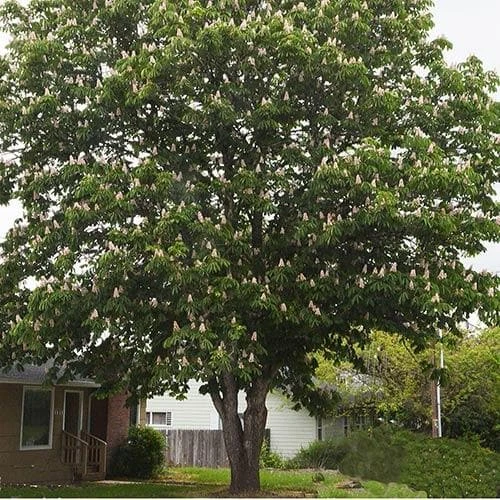
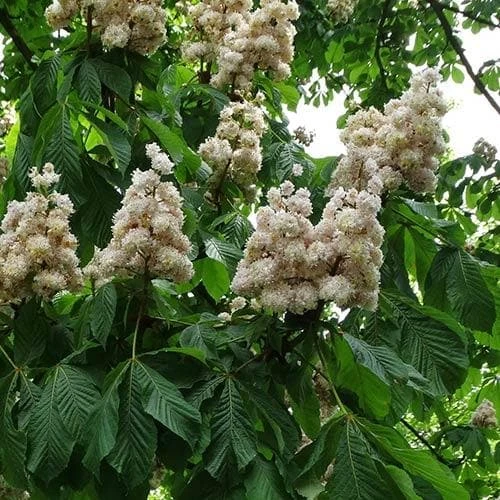



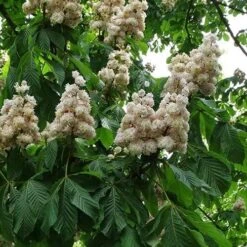

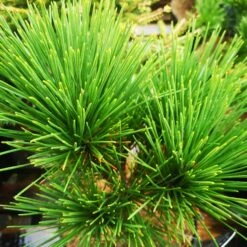
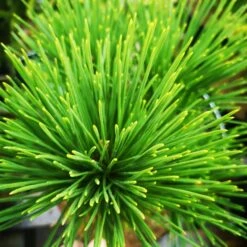


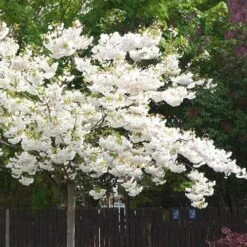




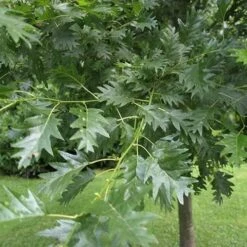
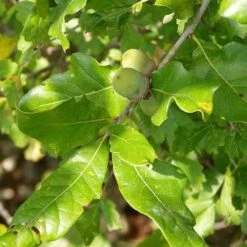
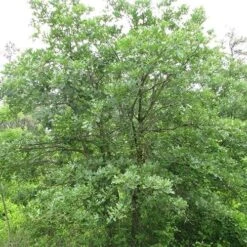


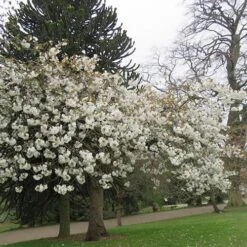

Reviews
There are no reviews yet.